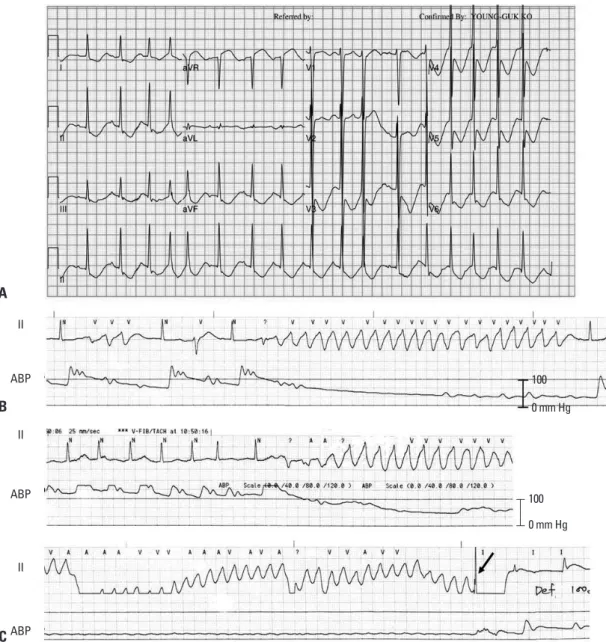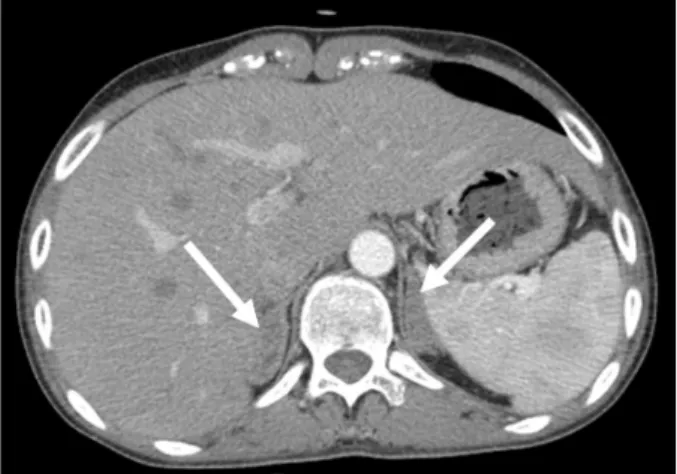Male Pseudohermaphroditism Presented with Sudden Cardiac Arrest
전체 글
수치


관련 문서
• 클라우드 기반의 통합 관리 솔루션인 Pure1 을 통해 전체 스냅샷의 카탈로그 관리 제공. • 클라우드로 전송 시, 퓨어스토리지의 Cloud Block Store와의
유도 핵반응은 자발적인 핵분열 (Spontaneous Nuclear Reaction)과는 달리 다른 물질과의 작 용으로 원자가 반응하여 여러 가지 생성물을 만들어
The present study examined the accuracy of cardiac rhythm analysis with an automated external defibrillator during ambulance transfer using human body models
임계 에너지는 핵분열 하는 핵종에 따라서 다르므로 중성자를 흡수했다 해서 모든 핵종이 핵분열을 일으키는 것은 아님.. 235 U와 같이 정지상태의 중 성자를
The former preferred Chilunjeolgu (a quatrain with seven words to a line) as a poetry style while the latter preferred Ounyulsi (a Chinese poetry style
The purpose of this study was to identify the frequency and related factors of advanced airway management for patients with cardiac arrest by the
마찬가지로 원자핵도 내부에 여러 에너지 준위를 가지는데, 에너지를 흡수하여 기저 상태에서 여기 상태로 전이될 수도 있고 반대로 에너지를 방출하여 여기 상태에서
With these results, we can suggest the hypothesis that increased cardiac output in the patients who administered ketamine increased muscle blood flow, and this is the